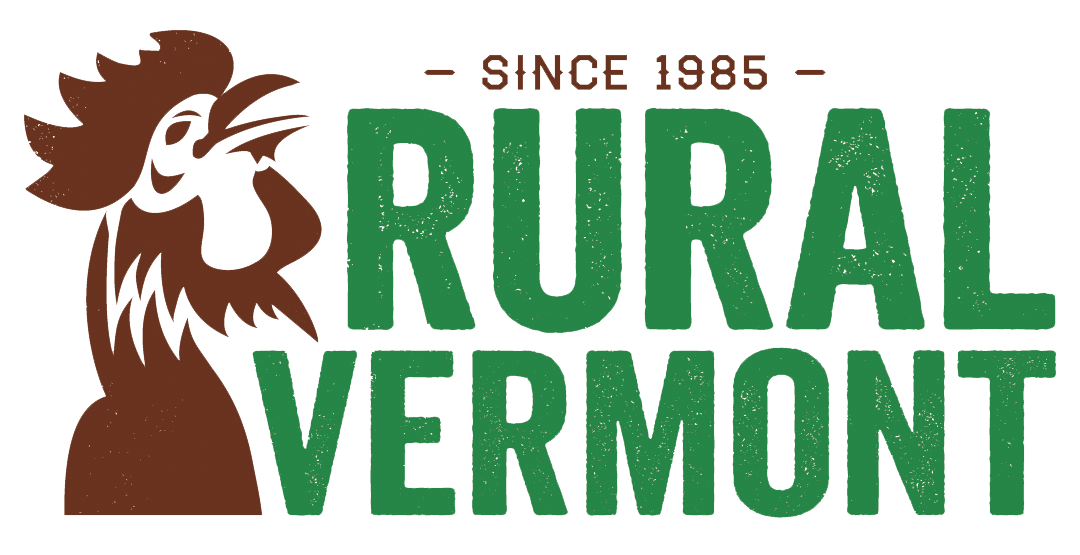Surface Water Bill May Impact Your Farm! Now's the Time to Speak Up!
Are you a producer who is using surface water to irrigate crops or water livestock? Now is your chance to have your voice heard on an important bill that may affect you!
We have heard substantial concerns from many different farmers - in particular vegetable growers and some livestock producers - about H.466, a bill relating to surface water withdrawals and interbasin transfers. See this testimony offered to the Senate Agriculture Committee by vegetable producers, including a representative of the VT Vegetable and Berry Growers Association. These concerns include, among others: extremely low thresholds for inclusion in registration and metering, defining springs as surface water, the inclusion of human constructed ponds used for irrigation or watering livestock which have outlets to a Water of the State, the eventual permitting program envisioned in the bill, the lack of consideration of how this surface water is used after it is withdrawn, and the overall positionality and impact of agricultural water use in VT in comparison with other uses (see some specifics from the bill below).
This bill has already passed the VT House, and is now in the Senate Natural Resources Committee, where it is scheduled to be potentially voted out of Committee this Friday, March 25th.
Here's what you can do:
1. Review the surface water bill H.466 here and/or read the excerpted sections below.
2. Contact your representative and the Chair of the Senate Natural Resources Committee Christopher Bray and tell them how this law may affect you.
3. Ask Senator Bray for an opportunity to testify or submit written testimony to the Senate Natural Resources Committee.
If you’d like to discuss the bill or need assistance, please email Rural Vermont's Policy Director Graham Unangst-Rufenacht.
Some excerpts from H.466:
…
(20) “Surface water” means all rivers, streams, creeks, brooks, reservoirs, ponds, lakes, and springs and all bodies of surface waters that are contained within, flow through, or border upon the State or any portion of it. “Surface water” shall not include the following:
(A) groundwater as defined in section 1391 of this title;
(B) artificial waterbodies as defined under section 29A-101
(d) of the Vermont Water Quality Standards;
(C) treatment ponds, lagoons, or wetlands created solely to meet the requirements of a permit issued for a discharge; and
(D) constructed ponds or other impoundments that are used for irrigation or watering of livestock and that are not subject to the Vermont Water Quality Standards [based on our understanding, any constructed pond with an outlet to a Water of the State is subject to the Vermont Water Quality Standards, and therefore included in the definition of “surface water”].
…
Registration. Beginning on January 1, 2023, any person withdrawing 5,000 gallons or more of surface water within a 24-hour period shall register with the Secretary. Registration shall be made on a form provided by the Secretary, and shall include the following information:
(1) the location of each withdrawal, including each impacted surface water;
(2) the frequency and rate of each withdrawal;
(3) a description of the use or uses of the water to be withdrawn;
(4) the capacity of the system to be used for the withdrawal; and
(5) a schedule for the withdrawal.
(a) Program development. On or before July 1, 2026, the Secretary shall implement a surface water withdrawal permitting program that is consistent with section 1041 of this subchapter provided by the Secretary and shall include all of the following information:
(1) the total amount of water withdrawn each month;
(2) the location of each withdrawal, including each impacted surface water;
(3) the daily maximum withdrawal for each month;
(4) the date of daily maximum withdrawal; and
(5) any other information required by the Secretary.
(c) Methods of estimating withdrawals. The following methods shall be used to report the amounts of withdrawn surface water required to be reported under subsection (b) of this section:
(1) Withdrawals of between 5,000 and 50,000 gallons of surface water in a 24-hour period shall either provide an estimate of total volume or provide meter data. The report shall describe how any estimate was calculated.
(2) Withdrawals of more than 50,000 gallons of surface water in a 24-hour period shall provide meter data.
.......
(5) establish limitations on withdrawals based on low flow or drought conditions and the development of potential alternatives to meet surface water withdrawal needs in such cases; and
(6) require assessment of any reasonable and feasible alternatives to proposed withdrawals that may have less of an impact on surface water quality.
